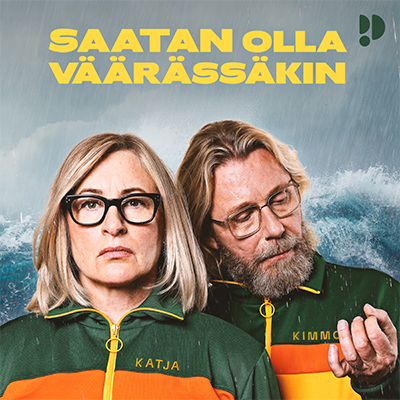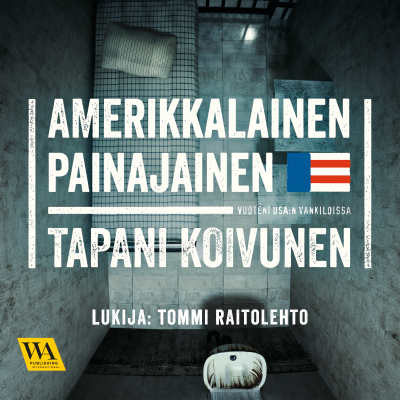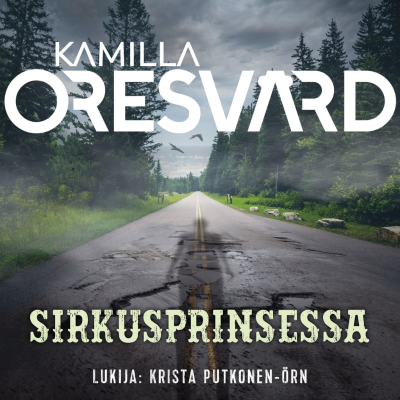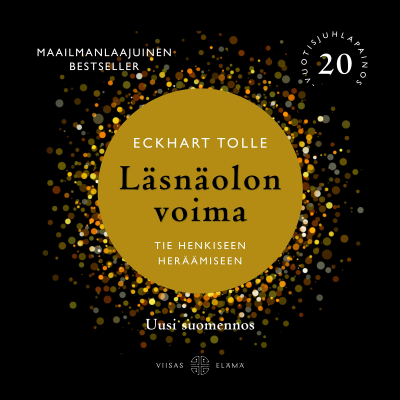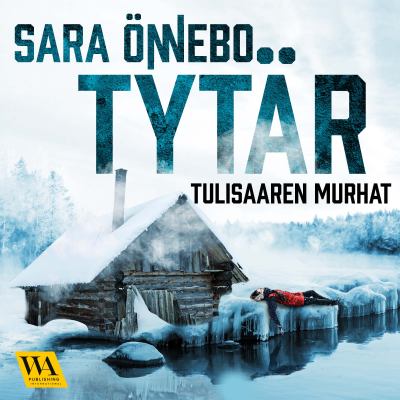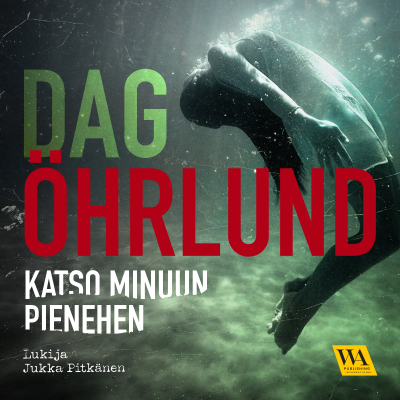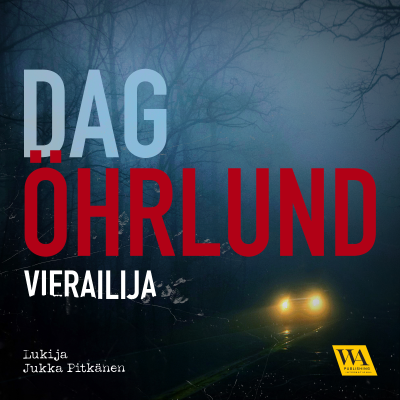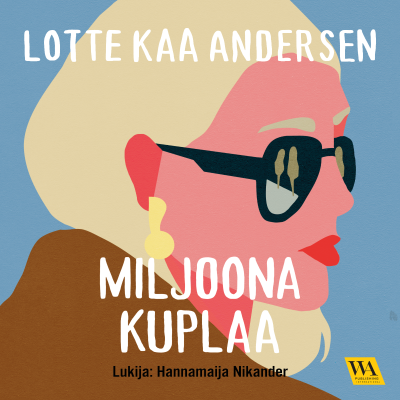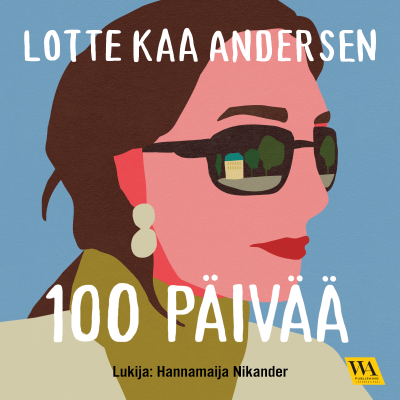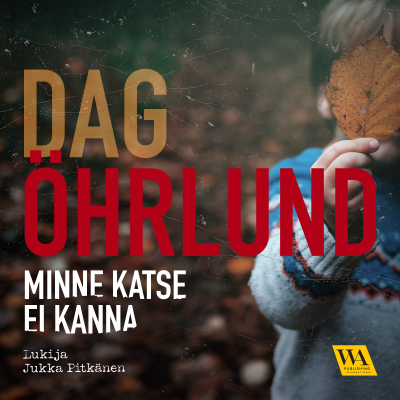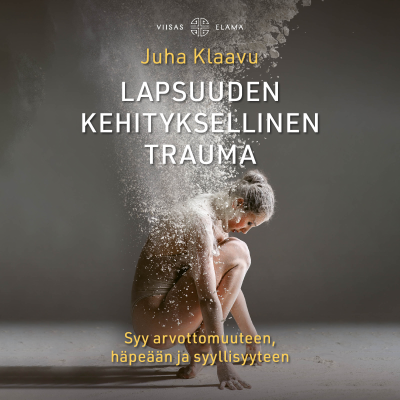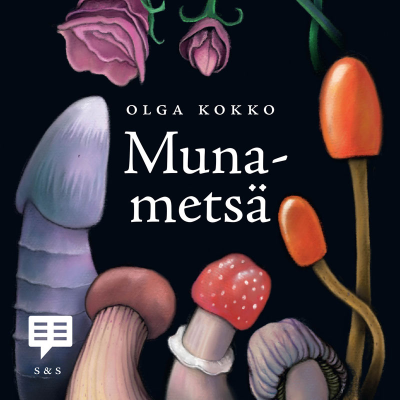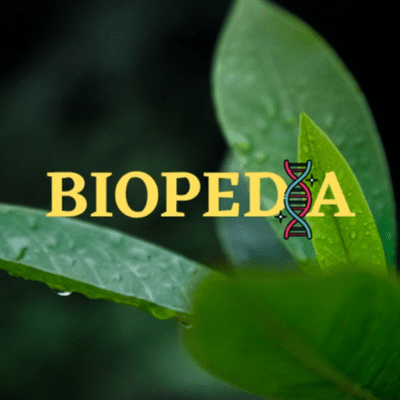
Biopedia
Podcast by Vince's Podcasts
90 vrk ilmainen kokeilu
Kokeilun jälkeen 7,99 € / kuukausi.Peru milloin tahansa.

Enemmän kuin miljoona kuuntelijaa
Tulet rakastamaan Podimoa, etkä ole ainoa
Arvioitu 4.7 App Storessa
Lisää Biopedia
Biology is a fascinating subject which is well worth exploring. Its scope stretches from individual DNA strands and viruses to blue whales, metapopulations and the biosphere. We will shine the spotlight on a different biological concept in every episode. Topics I've covered in the past include the origins of cell theory, Dollo's law and the Anthropocene; however, there is still plenty more to discover. Our focus will range from the very smallest scales to the very largest; from virions to the Gaia hypothesis. So come and explore the fascinating world of biology, one episode at a time!
Kaikki jaksot
128 jaksotPrevious episodes of the podcast have established the precedent of examining specific species or taxa. On today's episode, we are going to examine a snake. Not just any snake- the biggest snake to have ever lived... Sources for this episode: TBA
Pascal's Triangle is a useful concept in binomial theorem. However, it also has uses in biology. Today, we use it to answer the question- if you have X number of kids in a family or randomly chosen people in a sample, what is the probability of ending up with at least Y males and/or Z females? Sources for this episode: TBA
Adam and Eve, Ask and Embla, Deucalion and Pyrrha... The cultures of the world seemingly love the idea of humanity descending from two founders. While this notion may not be in line with scientific thought, there are two individuals who everyone can trace either maternal or paternal ancestry to. Say hello to mitochondrial Eve and Y-chromosomal Adam... Sources for this episode: * Berta, P., Hawkins, J. R., Sinclair, A. H., Taylor, A., Griffiths, B. L., Goodfellow, P. N. and Fellous, M. (1990), Genetic evidence equating SRY and the testis-determining factor. Nature 348: 448- 450. * Callaway, E. (2013), Nature News, Genetic Adam and Eve did not too far apart in time (online). (Accessed 18/10/2020). * Chan, E. K. F., Timmermann, A., Baldi, B. F., Moore, A. E., Lyons, R. J., Lee, S.-S., Kalsbeek, A. M. F., Petersen, D. C., Rautenbach, H., Förtsch, H. E. A., Bornman, M. S. R. and Hayes, V. M. (2019), Human origins in a southern African palaeo-wetland and first migrations. Nature 575: 185- 189. * Chiaroni, J., Underhill, P. A. and Cavalli-Sforza, L. L. (2009), Y chromosome diversity, human expansion, drift and cultural evolution. Proceedings of the National Academy of Sciences of the United States of America 190(48): 20174- 20179. * Fleischmann, T. (2019), The Norse Creation of the Cosmos. MFA, Salem Press Encyclopedia of Literature. * Fry, S. (2017), Mythos: The Greek Myths Retold. London: Michael Joseph Ltd (part of Penguin). * Ingman, M., Kaessmann, H., Pääbo, S. and Gyllensten, U. (2000), Mitochondrial genome variation and the origin of modern humans. Nature 408: 708- 713. * Nass, M. M. K. and Nass, S. (1963), Intramitochondrial fibers with DNA characteristics. The Journal of Cell Biology 10: 593- 611. * Sykes, B. (2001), The Seven Daughters of Eve. London: Corgi Books (part of the Random House Group Ltd. * Thain, M. and Hickman, M. (2004), The Penguin dictionary of biology, 11th edition, London, Penguin Books Ltd. * Author unknown (2010), Holy Bible: International Children's Bible (New Century Version). Milton Keynes: Authentic Media Limited.
We know today that our planet Earth is billions of years old. However, the people of a few centuries ago would have been equally convinced it was only a few thousand years old. So what were some of these old ages, and how big a shift is it from there to the age we've arrived at today? Sources for this episode: TBA
It was one of the oldest individual organisms to have lived. And yet, in 2006, its story would come to an end. To find out how, come and join us on this adaptation of a post on the Biopedia website into audio format. Sources for this episode: TBA

Arvioitu 4.7 App Storessa
90 vrk ilmainen kokeilu
Kokeilun jälkeen 7,99 € / kuukausi.Peru milloin tahansa.
Podimon podcastit
Mainoksista vapaa
Maksuttomat podcastit


